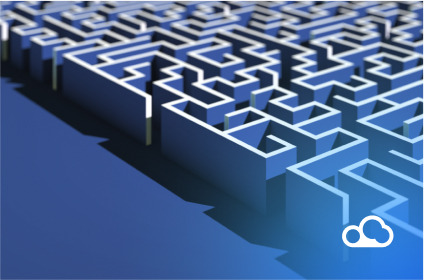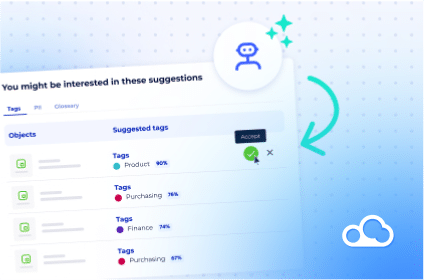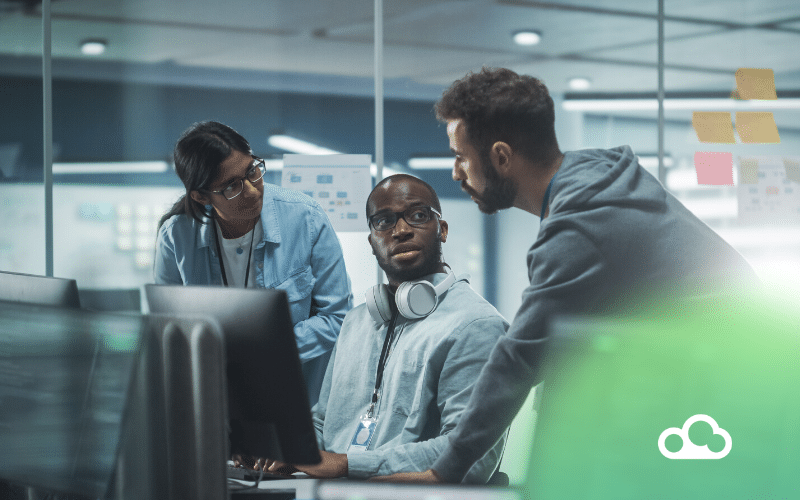The value of enterprise data is undeniable. Data is the real issue for any sales or marketing strategy. It should be noted, however, that there are various types of data and storage methods: including data swamp and data lake. But what exactly are the differences between data swamp vs. data lake? Let’s dive in.
Data lake defined
A data lake is a concept consisting of a collection of storage instances of various data assets. These assets are stored in a near-exact, or even exact, copy of the source format and are in addition to the originating data stores. It contains raw (unprocessed and unanalyzed) data and unstructured data from multiple sources. As a result, there is no hierarchy or organization among the various data elements.
Once collected, each data element is assigned a unique identifier. Later, the data lake can be queried to generate more relevant and accurate data to answer a business problem.
However, it is important to note that this accumulation of unstructured data can be difficult for the company to manage. This can ultimately affect the reliability and quality of the data.
Data swamp defined
When a data lake is not properly controlled, it can become a data swamp – A data swamp is a data lake containing unstructured, ungoverned data that has gotten out of hand.
A data swamp is usually the result of a lack of processes and standards. Data in a data swamp is difficult to find, manipulate, and—inevitably—analyze.
When it comes to data swamp vs. data lake, data lakes are much more preferable to data swamps. And for good reason! It is easier to benefit from organized, easy-to-use data rather than being confronted with a plethora of unusable data that could be the source of incorrect insights.
Data swamp vs. data lake: Main differences
There are some major differences between a data swamp and a data lake. In this case:
- Unlike a data lake, a data swamp lacks metadata, making searching for information difficult.
- Unlike a data lake, a data swamp contains irrelevant and unusable data.
- A data swamp lacks governance. However, precisely, this data governance (i.e., who processes the data, where the data goes, and so on) allows organizations to maintain a high level of data quality.
- A data swamp typically lacks any data cleansing strategy for removing errors or avoiding duplicates.
The main difference between the two is the level of organization and structure. A data lake is designed to be a single source of truth for an organization’s data, where data is stored in a structured and organized manner, making it easy to search and access. In contrast, a data swamp is an unorganized collection of data, making it difficult to find the information you need. Additionally, a data swamp is often filled with irrelevant and unusable data, whereas a data lake is curated to ensure that stored data is relevant and useful.
Another key difference between the two is governance. A data lake has a robust governance structure in place to ensure that data is processed and stored in a consistent and controlled manner. However, in a data swamp, there is often a lack of governance, resulting in poor data quality. Furthermore, a data lake typically has a data cleansing strategy in place to remove errors and avoid duplicates, whereas a data swamp does not. Overall, the main differences between a data swamp and a data lake are the level of organization, relevance of data, governance, and data quality.
How to stop a data lake from becoming a data swamp
Now that you understand the basics of data swamp vs. data lake, there are a few ground rules to follow to avoid turning a data lake into a data swamp. One option is to collect less data or to focus only on data that can truly add value to the company.
Another solution is to use automation to extract relevant data or perform cleanup operations. Finally, it is critical to specify the problem to be solved using this data well in advance. This makes it easier to remove irrelevant data to collect only the data that is truly valuable.
The importance of keeping data clean and meaningful cannot be overstated. If you can’t find what you need, it doesn’t matter how much data you have because it won’t be useful. Metadata enables users to discover the information they need without having to ask for help from IT or risk errors during self-service analysis. Metadata was once costly and time-consuming to build, but these days with new database technology it is becoming easier than ever before to keep your data clean and usable without having to spend a small fortune on it.
Conclusion
In conclusion, data lakes and data swamps are two different types of data storage methods that can significantly impact an organization’s data collection and analysis. A data lake is a centralized storage location that contains raw, unprocessed data and unstructured data from multiple sources. It is designed to be a single source of truth for an organization’s data, making it easy to search and access.
On the other hand, a data swamp is a data lake that has become unorganized and unstructured, making it difficult to find and analyze relevant data. It is important for organizations to understand the differences between a data swamp vs. data lake and to have a plan in place to prevent a data lake from becoming a data swamp. This can include collecting less data or focusing only on data that can truly add value to the company, using automation to extract relevant data, and implementing a data governance structure to ensure data is processed and stored in a consistent and controlled manner. It’s important to have a balance between the amount of data stored and the quality of data, to optimize the benefits of data.
—
Are you interested in learning even more about using your data as an asset to achieve higher levels of data governance and data quality? Book a demo today to get started on your organization’s journey to complete data lifecycle management with DataGalaxy!





